Kylie Stillman Longform













Kylie Stillman’s art takes time. Almost everything she makes entails a process that step by step, page by page, stitch by stitch, brings her work to life.
Its a durational performance, undertaken in private, but by necessity an enduring sequence of events programmed from the start to the finish.
While this might sound mechanical it is far from so, every step is made by hand, in full human control, ordered, linear and cumulative.
The artists hand is always at work, and even when materials require a saw or blade, its her hand that draws every line marking a cut.
The first Stillman work I ever saw in the flesh was on Flinders Street Station. A wall of stacked paperbacks with a plant form carved into the surface.
I liked these sculptures immediately, they were so elegantly simple and refined. Kylie had sliced small pieces from every consecutive page with a scalpel, and the end result was a fully formed three dimensional plant, or so it appeared! Actually there was no plant at all!
Over the years Kylie has made plants and trees appear in stacks of paper, plywood, fence palings, recycled plastic sheet, and in her next exhibition, her first work in aluminium is centre stage. This marks a change as on the whole Kylie’s materials have been found, recycled and mostly organic. The move to use recycled plastic was a
nod to longevity outdoors, but the use of a refined, shiny, metal has added a different perspective, a new sense of permanence, and a shimmering grandeur.
The power of shining metal is in absolute contrast to humble subtlety of sewing thread. Stillman has used thread since earliest days, first learning to sew and make patterns at her mother’s side, and then in an art context to make ‘drawings’ on paper and in space at art school. But in recent years she has been making drawings on paper by piercing tiny holes on art paper and then sewing thread through the holes to create her images. Her drawings have been about process and instruction but in this exhibition they are more layered and ambiguous, and as she says, ‘sometimes the thread structures seem to be supporting the paper, rather than the paper supporting them’.
The same could be said for the final sculpture in the show, NEST where a stack of tables supports three stacks of books, which in turn appear to be supporting them. This stack on a stack structure follows previous works where saw horses and ladders have been employed as structural elements. In this work the relationship of the wood used to make the tables, and to make the paper in the books is further explored with the carving of woodgrain pattern into the books, as if strips have been removed, revealing the original inner structure of the tree.
To fully appreciate Kylie’s work you have to confront it. Its in the encounter with her sculptures and drawings that you see, and feel, the delicate touch that makes these works so special.
2022












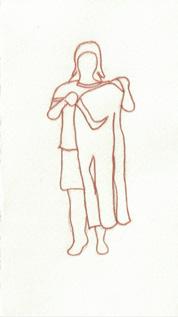


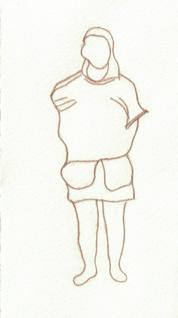


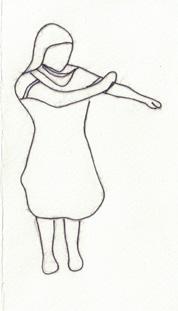





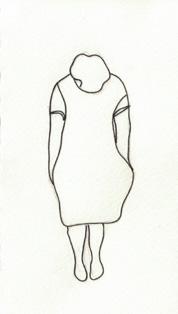

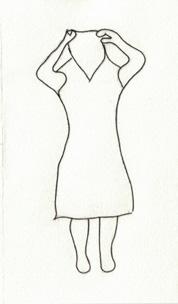



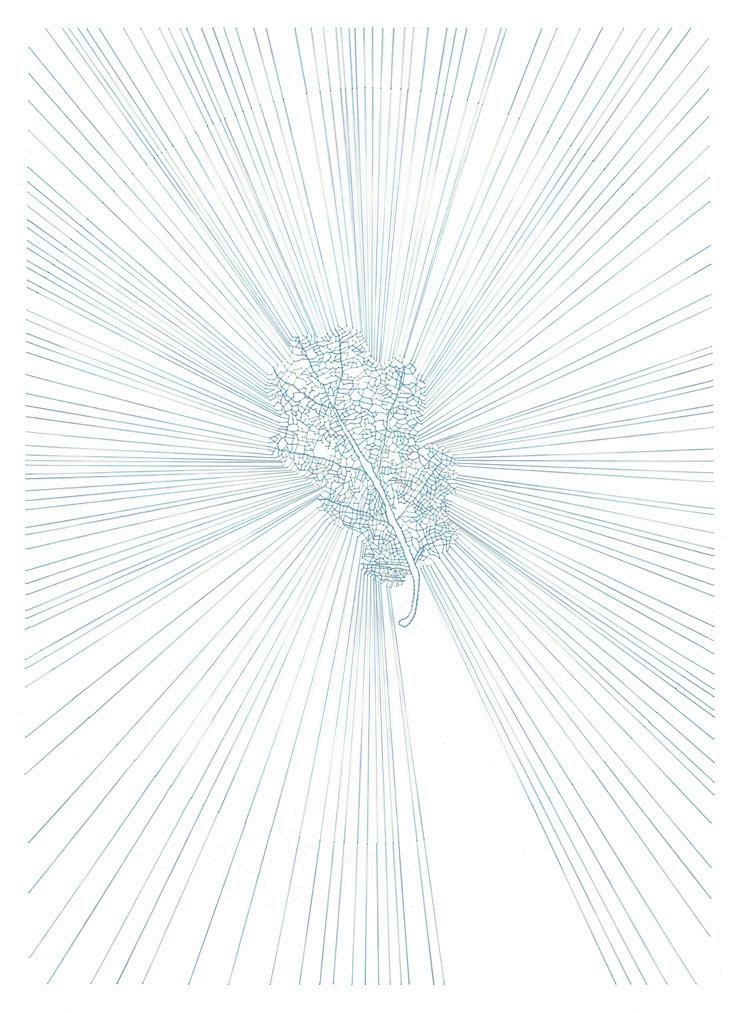
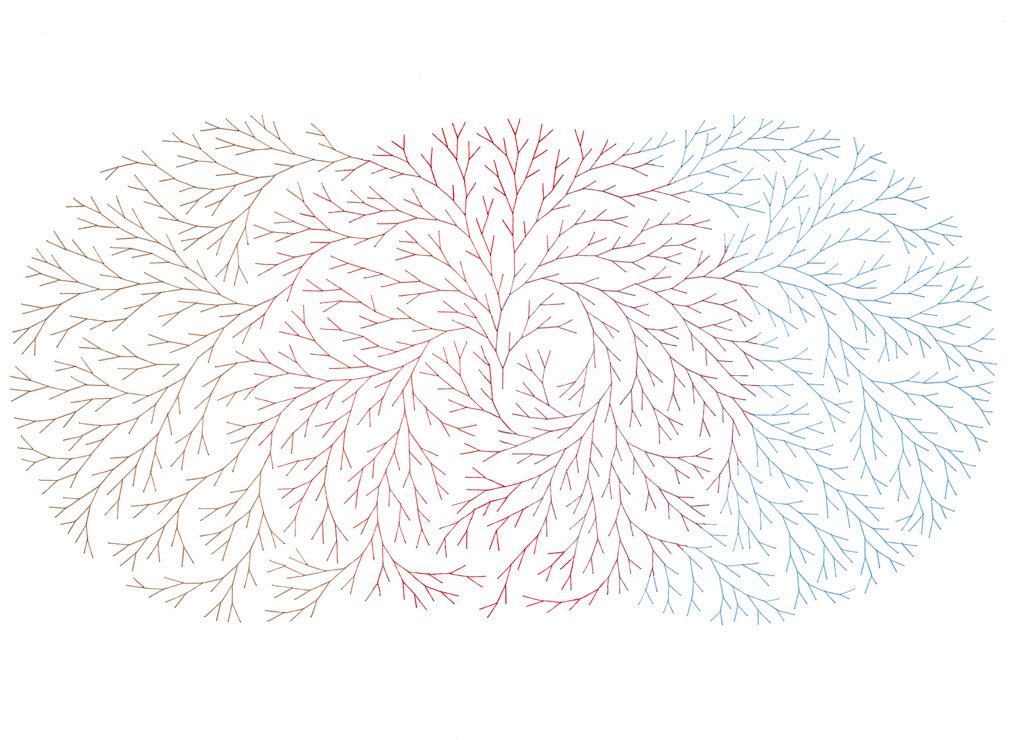



Utopia Art Sydney
983 Bourke St Waterloo NSW 2017
Telephone: + 61 2 9319 6437 email: art@utopiaartsydney.com.au www.utopiaartsydney.com.au
© Utopia Art Sydney